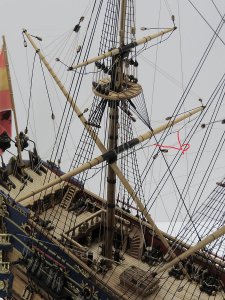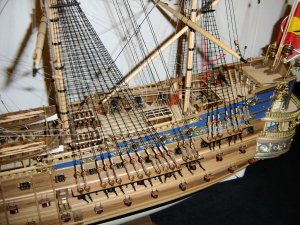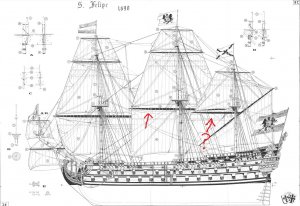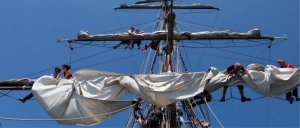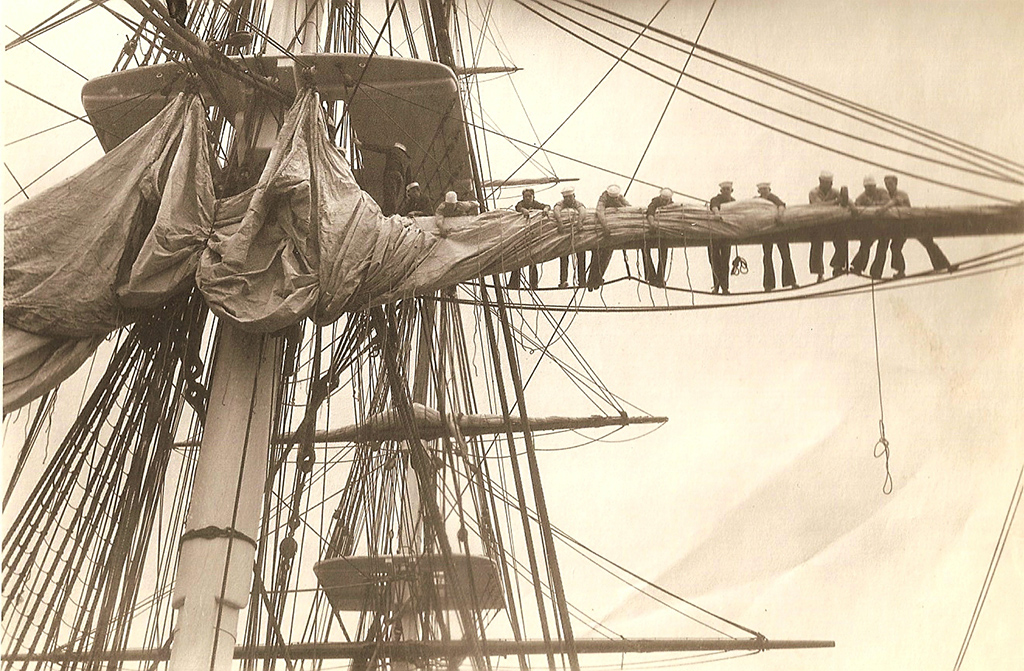- Joined
- Jan 9, 2017
- Messages
- 44
- Points
- 23

In the middle of rigging the San Felipe could someone who is knowledgeable on rigging tell me which is the correct way,
On the rear mast I see that the plans show no lines that would hold the sails when they were up and stored, but surely on this mast its impossible to have a sail underneath, ive looked at a few examples and some have it and others don't, which is correct ?
Or are these line really for access and walking along for the crew so they are also needed on this mast even though it wouldn't have a sail underneath it?
Sorry for my lack of knowledge on this.
On the rear mast I see that the plans show no lines that would hold the sails when they were up and stored, but surely on this mast its impossible to have a sail underneath, ive looked at a few examples and some have it and others don't, which is correct ?
Or are these line really for access and walking along for the crew so they are also needed on this mast even though it wouldn't have a sail underneath it?
Sorry for my lack of knowledge on this.


